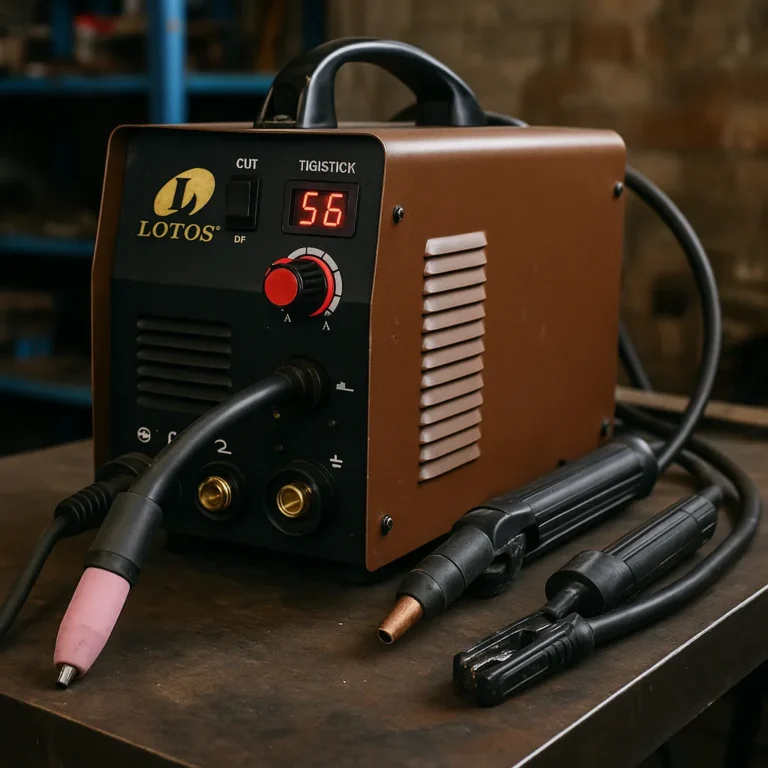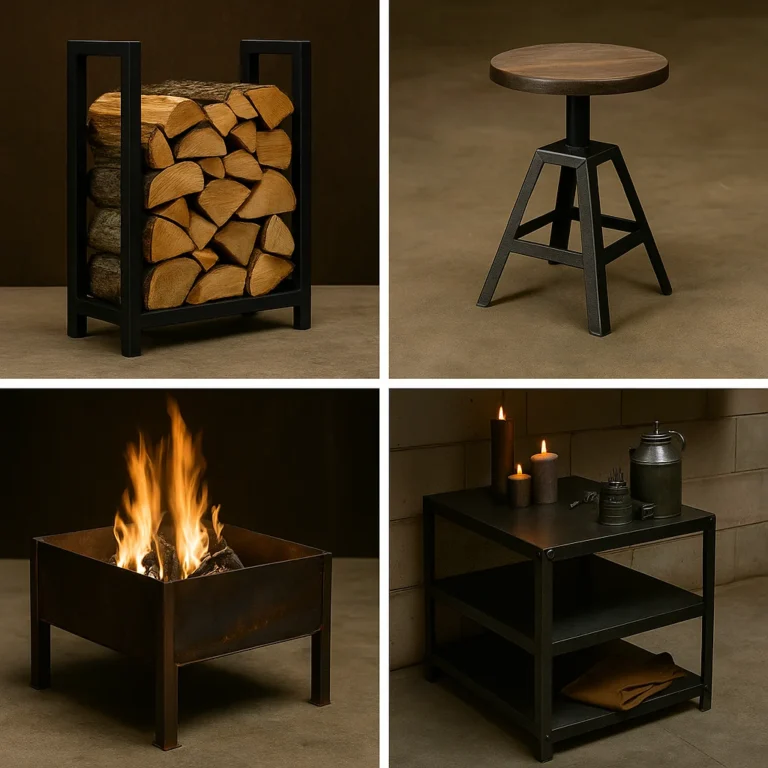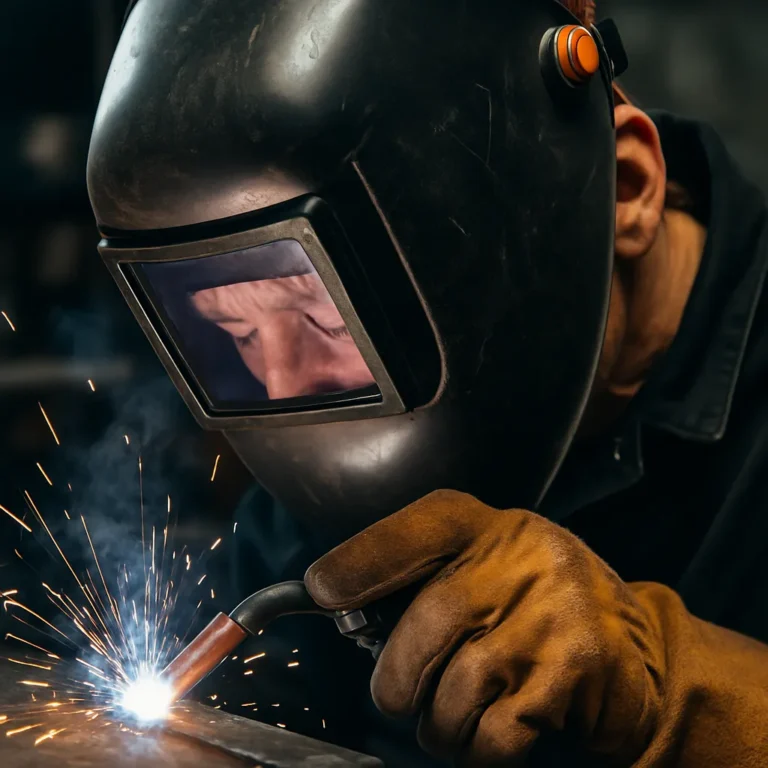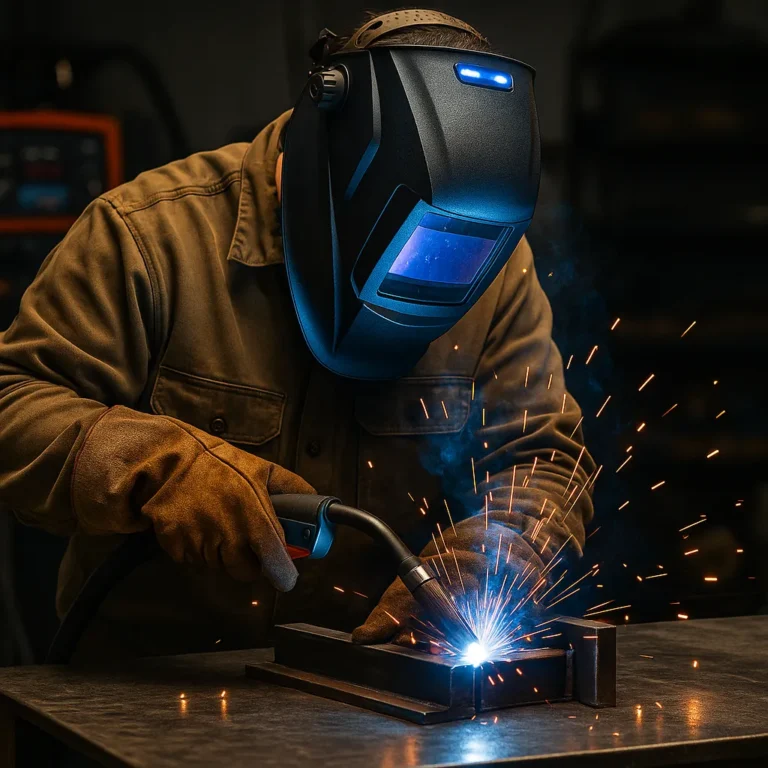Lotos LTP5000D vs LTP5500D: Two Plasma Cutters Built for Real Shop Work
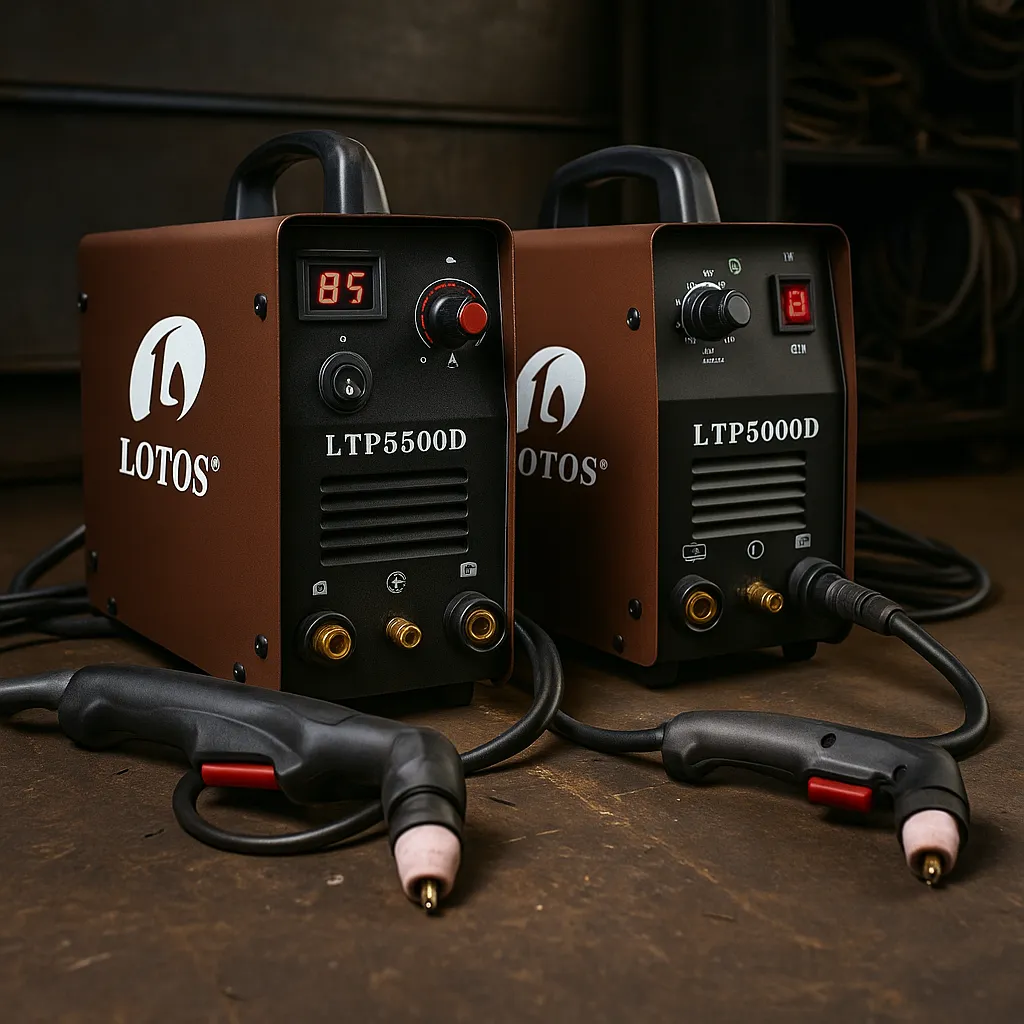
Disclosure: This post contains affiliate links. As an Amazon Associate, I earn from qualifying purchases—at no extra cost to you.
When you’re working in a small garage or DIY welding setup, you need tools that punch above their price tag. That’s where Lotos comes in. The brand’s well known for affordable plasma cutters that deliver more than you’d expect—and the LTP5000D and LTP5500D are two of its top contenders.
While they share a lot of the same core features, these machines aren’t identical. If you’re trying to figure out which one fits your welding workflow, this side-by-side breakdown should make things clearer.
Lotos LTP5000D Plasma Cutter Review
The LTP5000D is a favorite for one big reason—it’s simple, tough, and gets the job done. It pushes 50 amps, supports both 110V and 220V, and cuts clean through steel, stainless, or aluminum without a hitch.
One standout feature is its non-touch pilot arc. You can cut right through paint, rust, or other surface junk without having to grind everything clean first. That’s a huge time-saver, especially on older gear or salvage metal.
You’ll get clean cuts up to 5/8 inch thick, and a max severance cut around 3/4 inch. That’s more than enough for home repair projects, light fabrication, and automotive work. It’s also compact and easy to carry, making it a good fit for smaller spaces or mobile jobs.
Lotos LTP5500D Plasma Cutter Review
The LTP5500D takes everything people like about the 5000D and adds more control and cutting finesse. It’s got a digital display instead of a basic dial, which makes fine-tuning your settings easier—especially if you switch between materials often.
It also cuts up to 3/4 inch clean, just like its sibling, but thanks to upgraded internals and a better cooling setup, it runs smoother on extended jobs. That means less waiting between cuts and fewer issues with overheating.
If you do regular fabrication or want something that feels more modern, the 5500D brings a few extra comforts without jumping up too much in price.
Real-World Differences That Matter
On the spec sheet, the two look pretty similar. Dual voltage. Pilot arc. Compact design. But once you’re using them, the experience shifts.
The LTP5000D is better if you want something straightforward that just works. It’s been around long enough to earn a strong reputation, especially among weekend welders and folks tackling basic metal jobs.
The LTP5500D is the upgrade for users who need more control and a slightly more refined cutting experience. That digital panel alone can make a big difference if you’re jumping from one job to the next and need to tweak things quickly.
Conclusion
Both of these plasma cutters offer excellent value. The LTP5000D is perfect for beginners or anyone who wants a reliable workhorse without overthinking it. The LTP5500D adds a layer of control, better cooling, and a more modern feel—ideal for people cutting often or working on varied projects.
If you’re just getting started or doing light work, go with the LTP5000D. If you want longer sessions and better adjustability, the LTP5500D is worth the upgrade.

